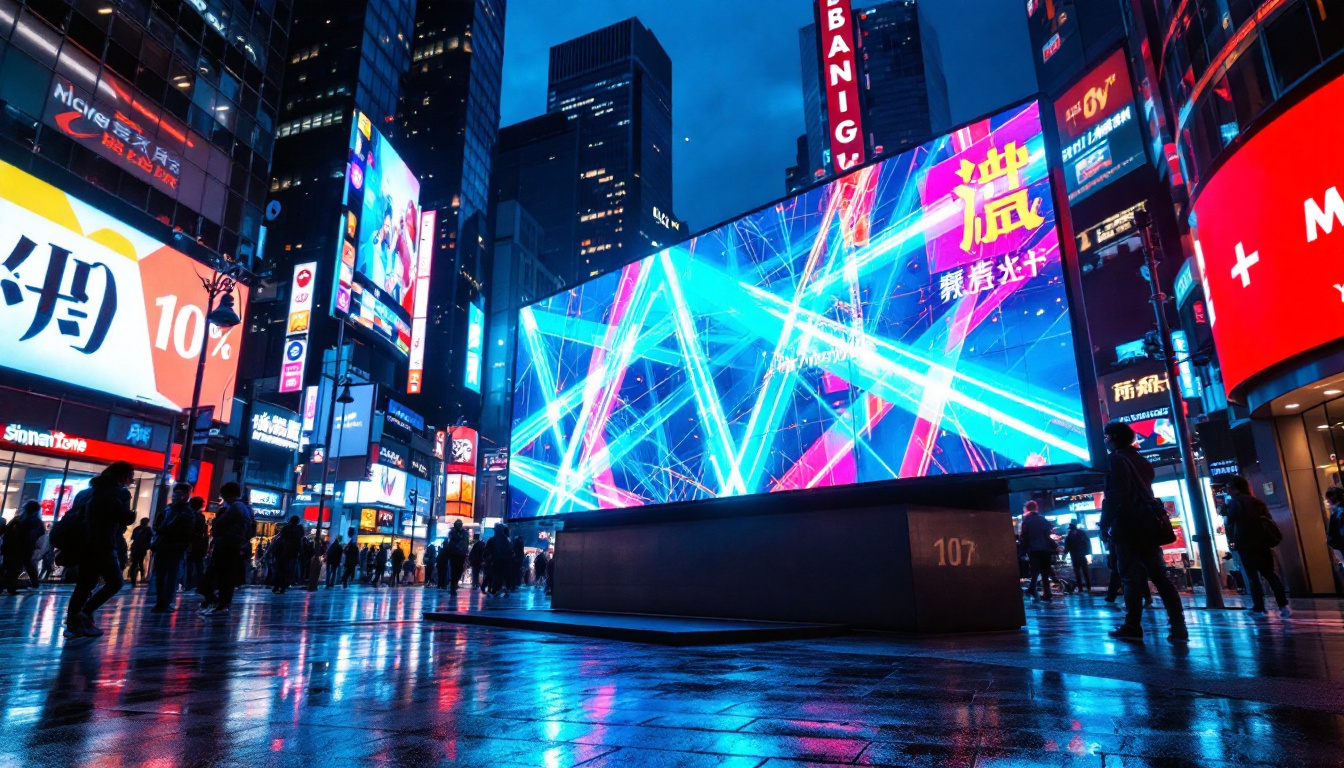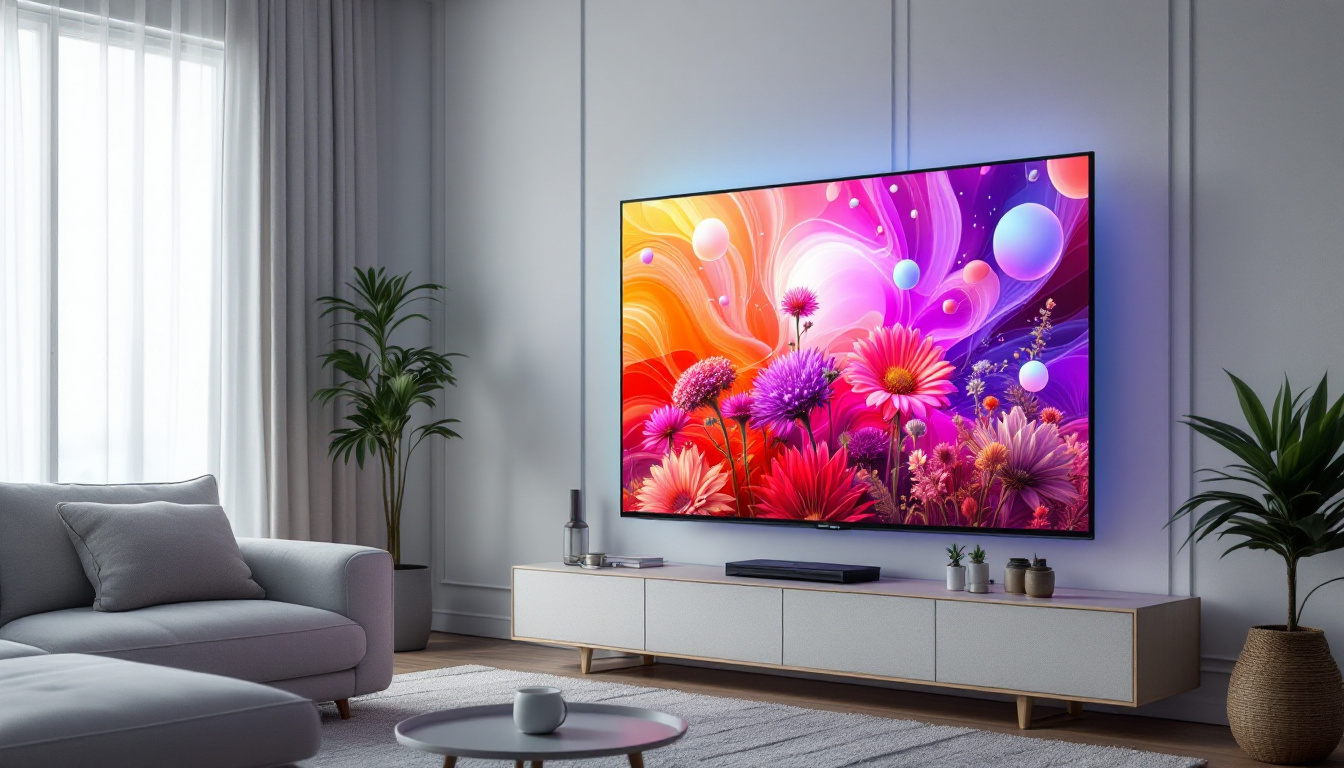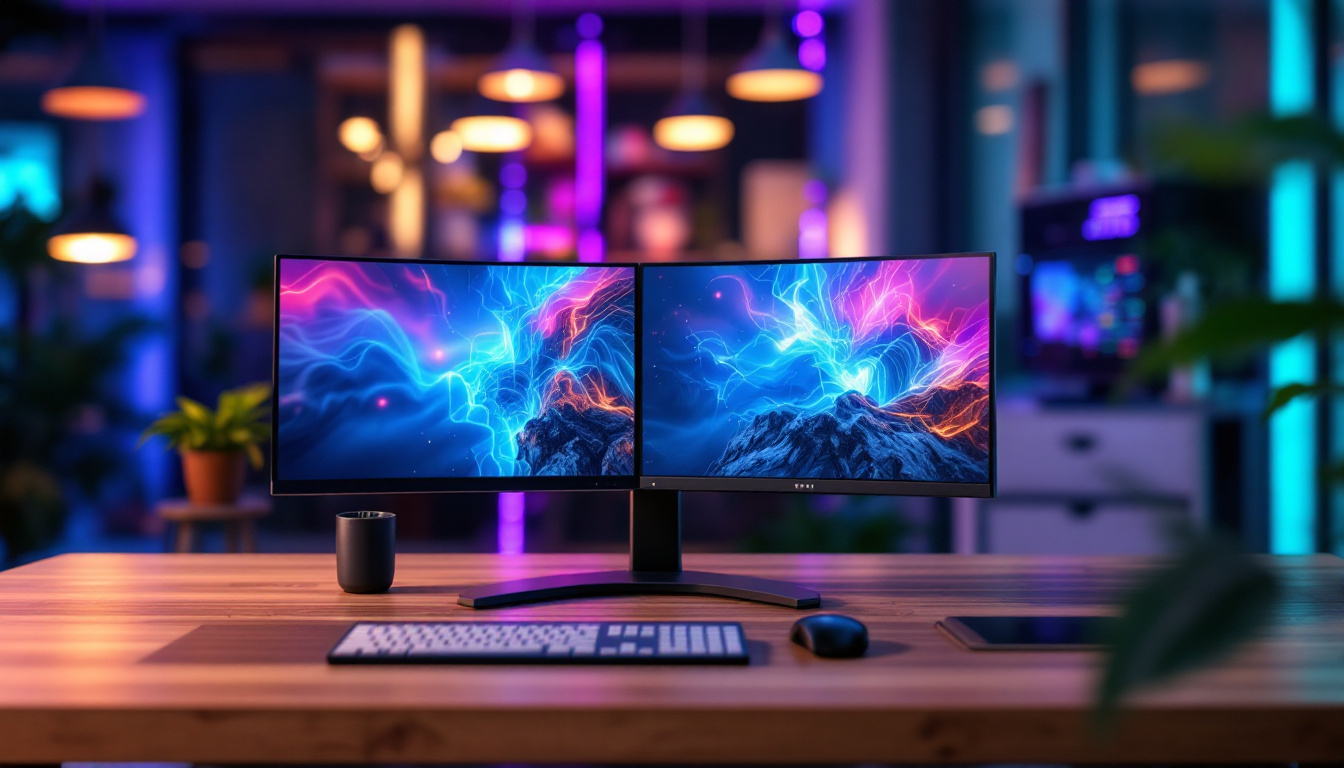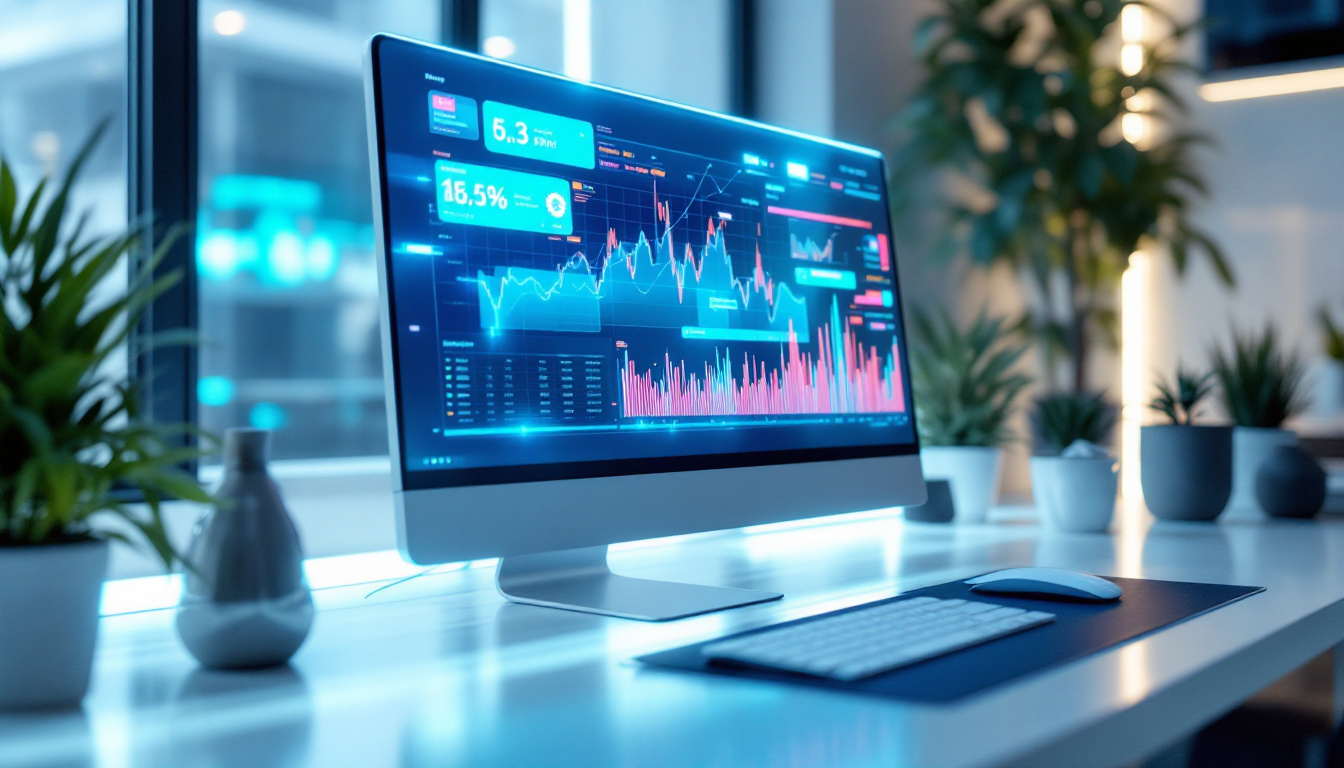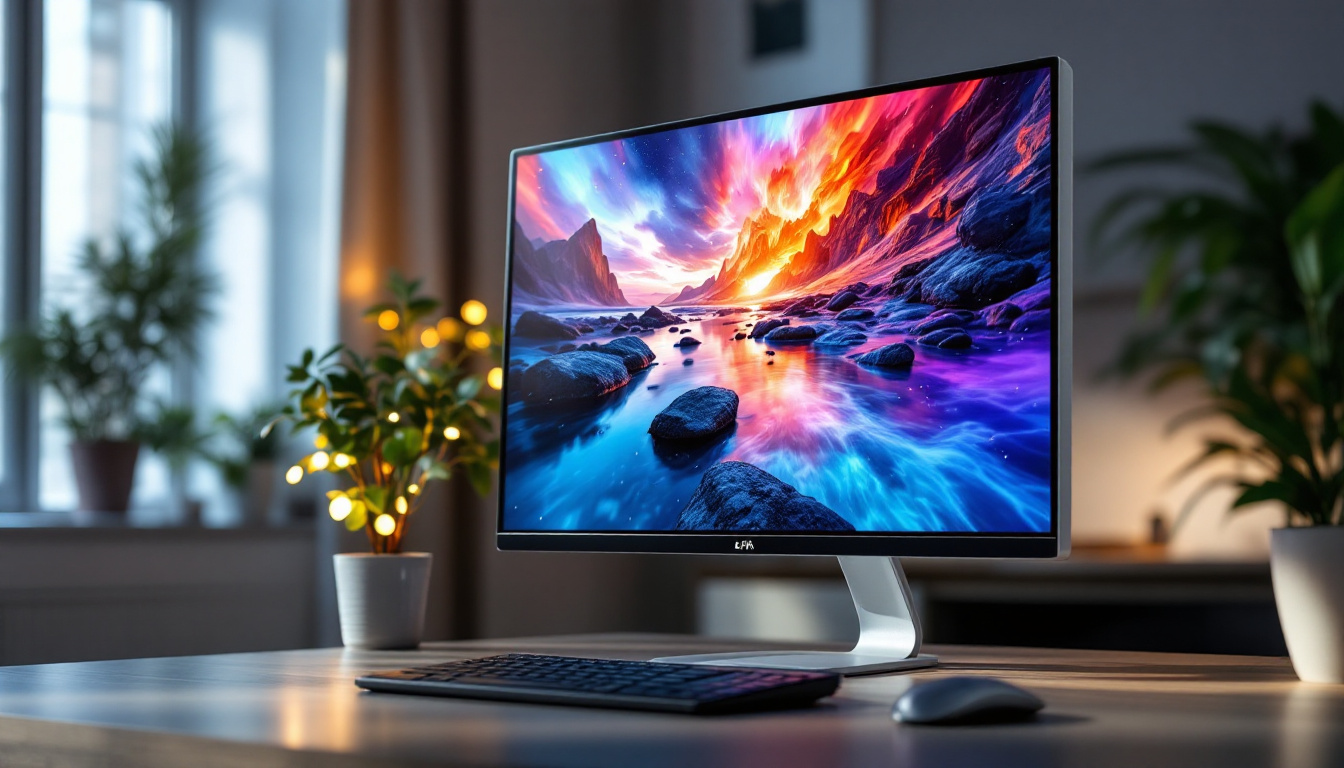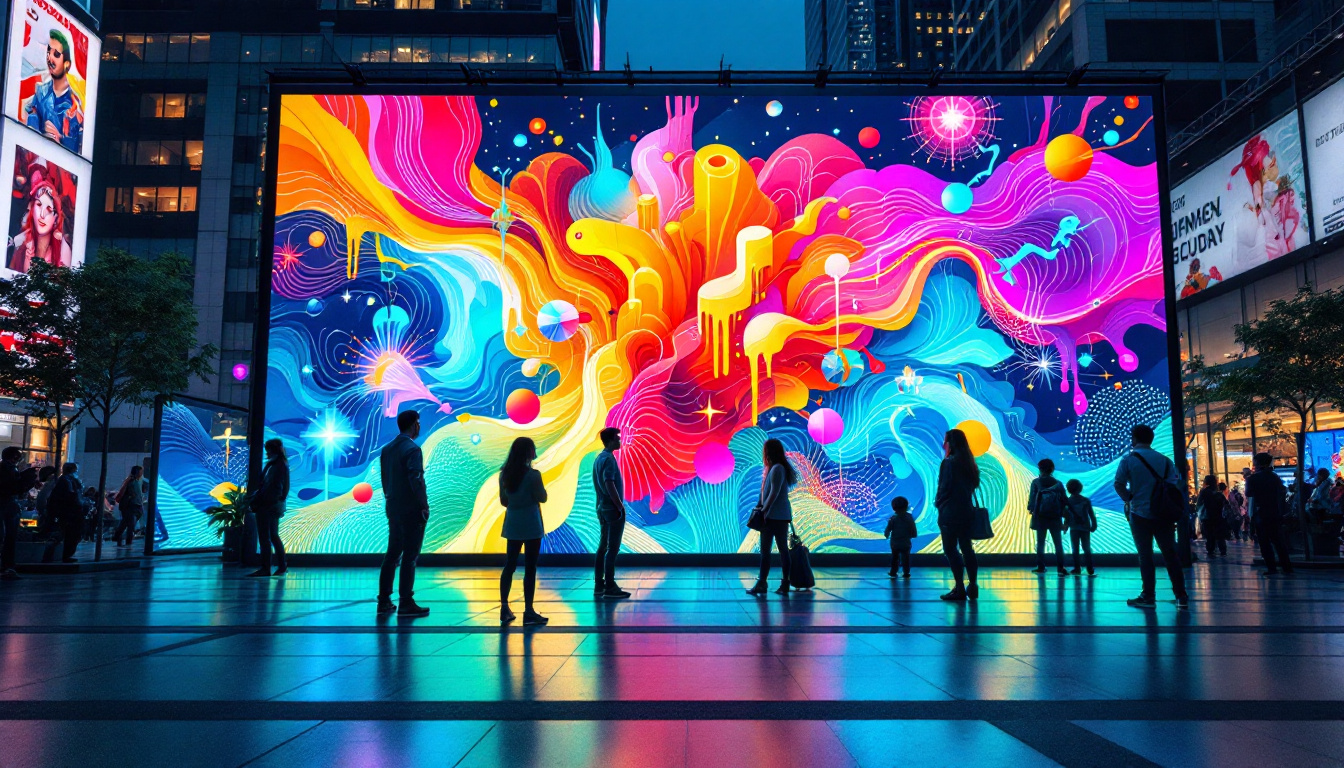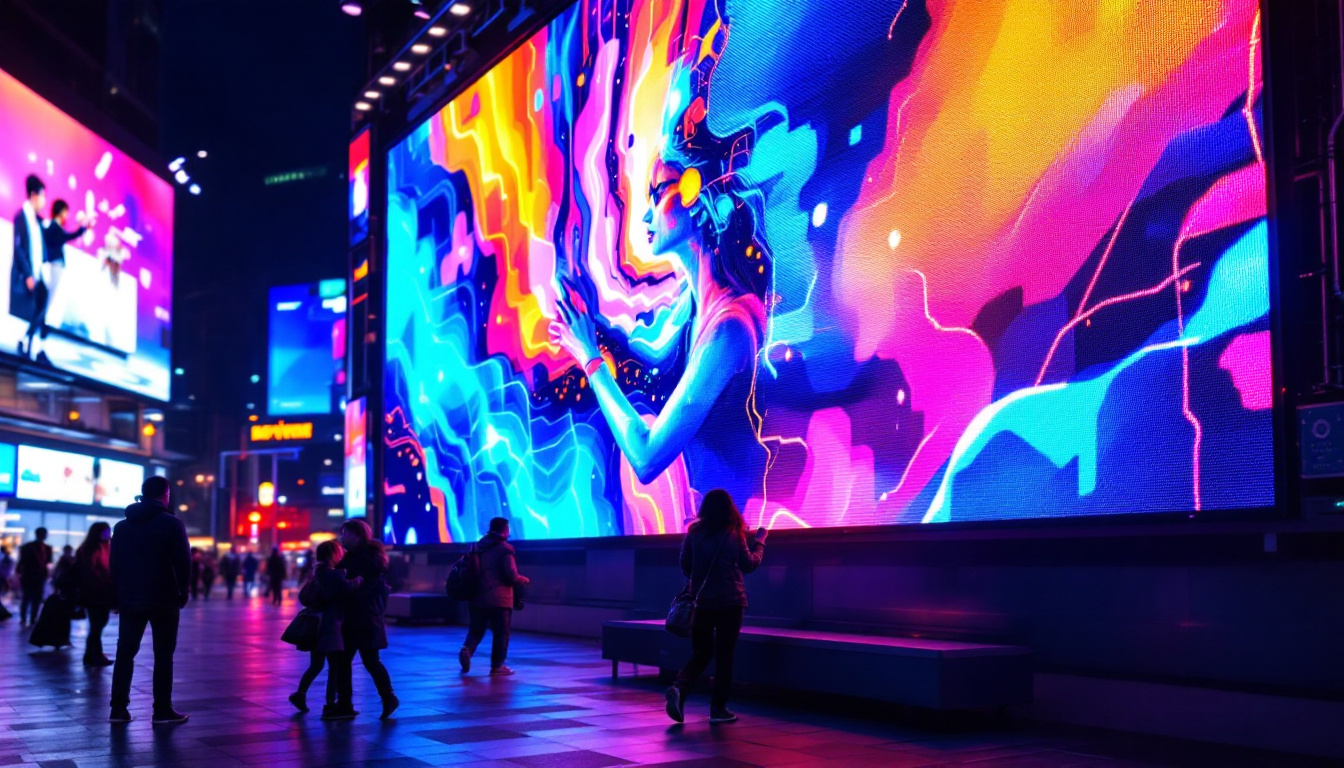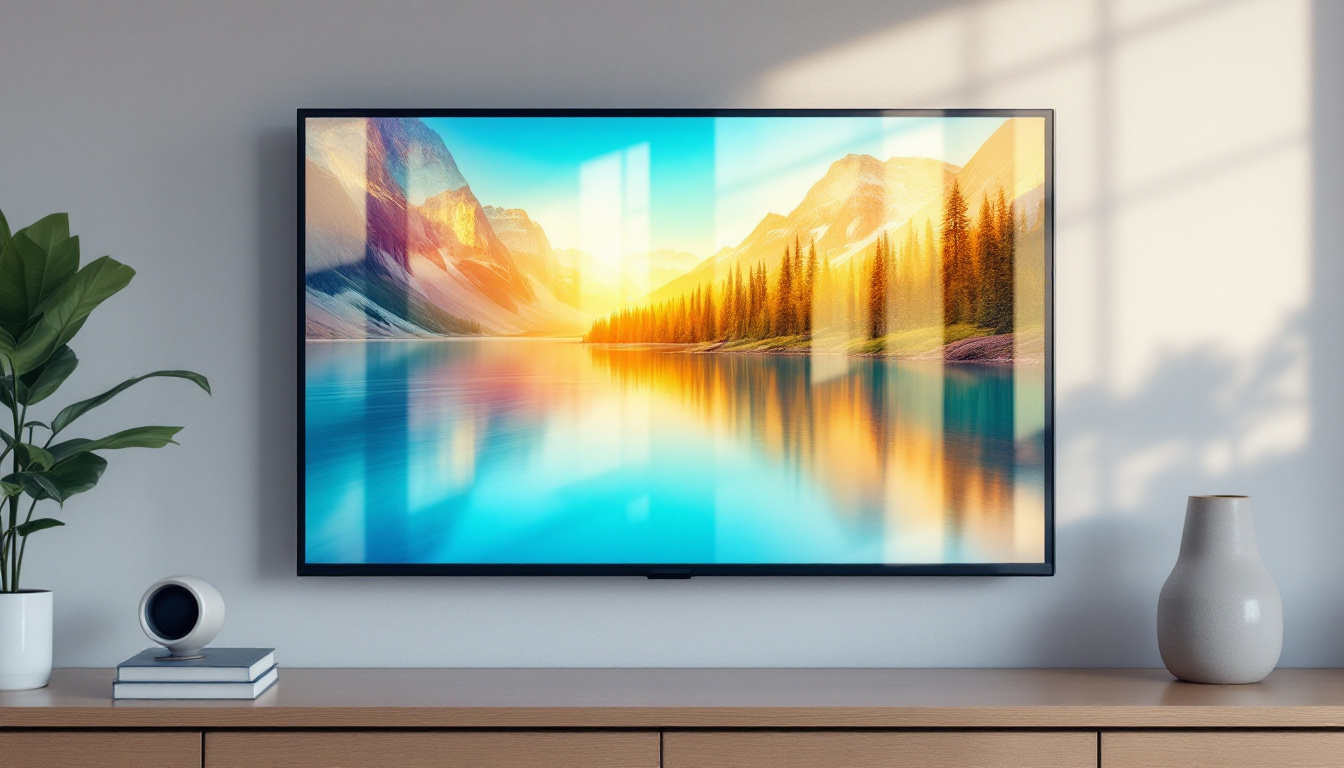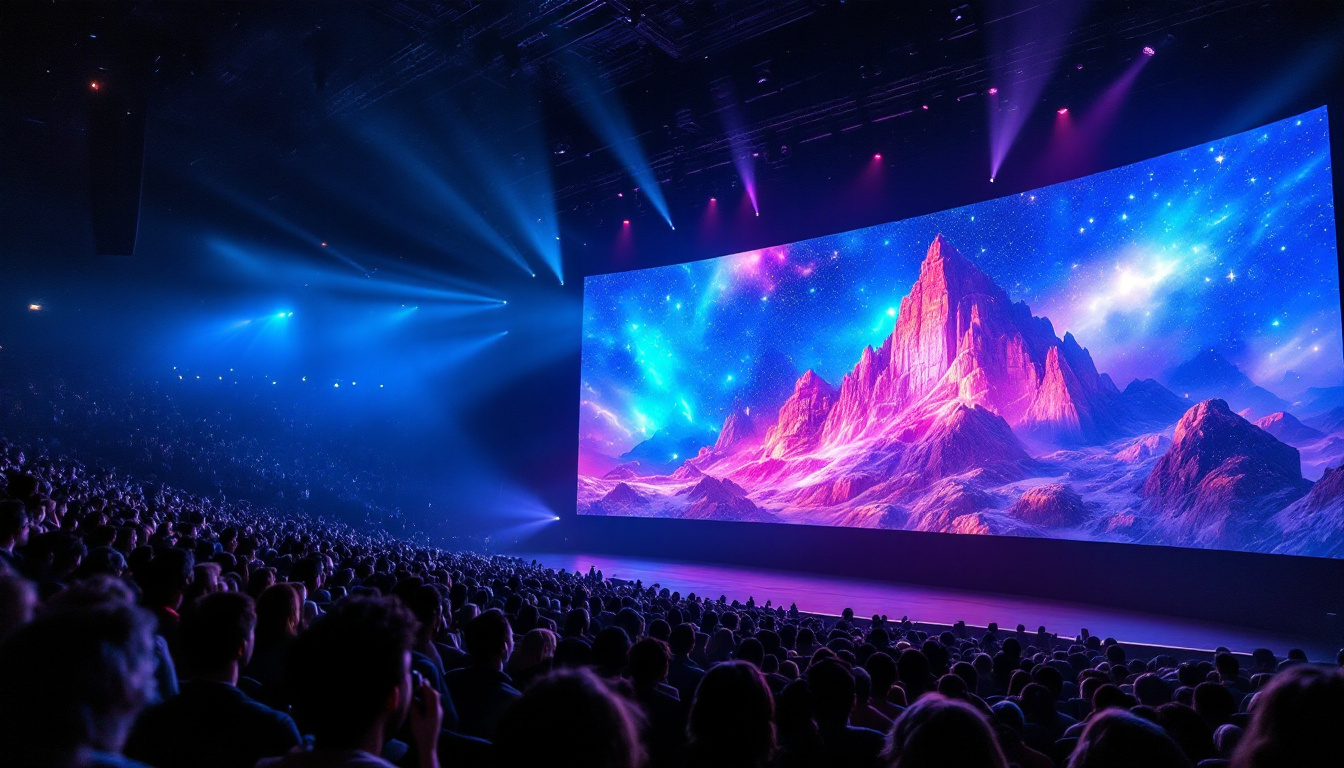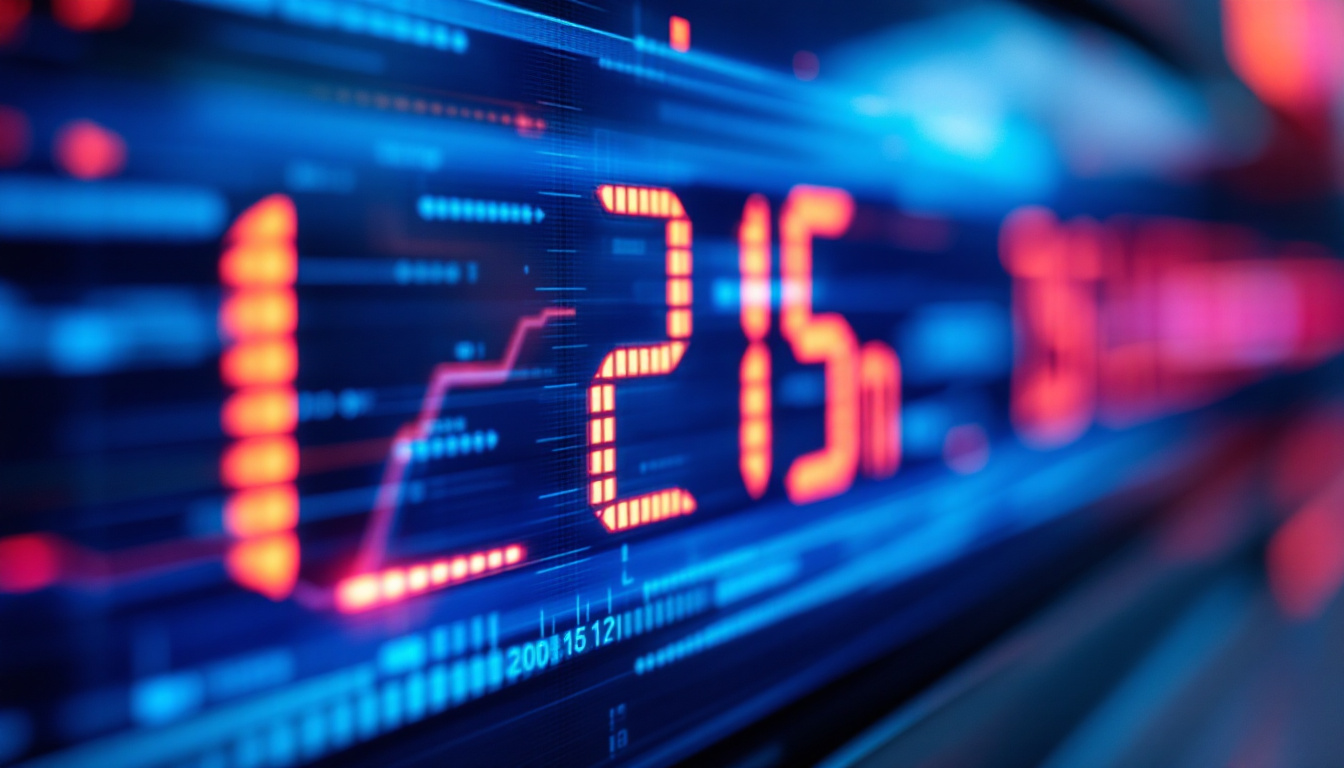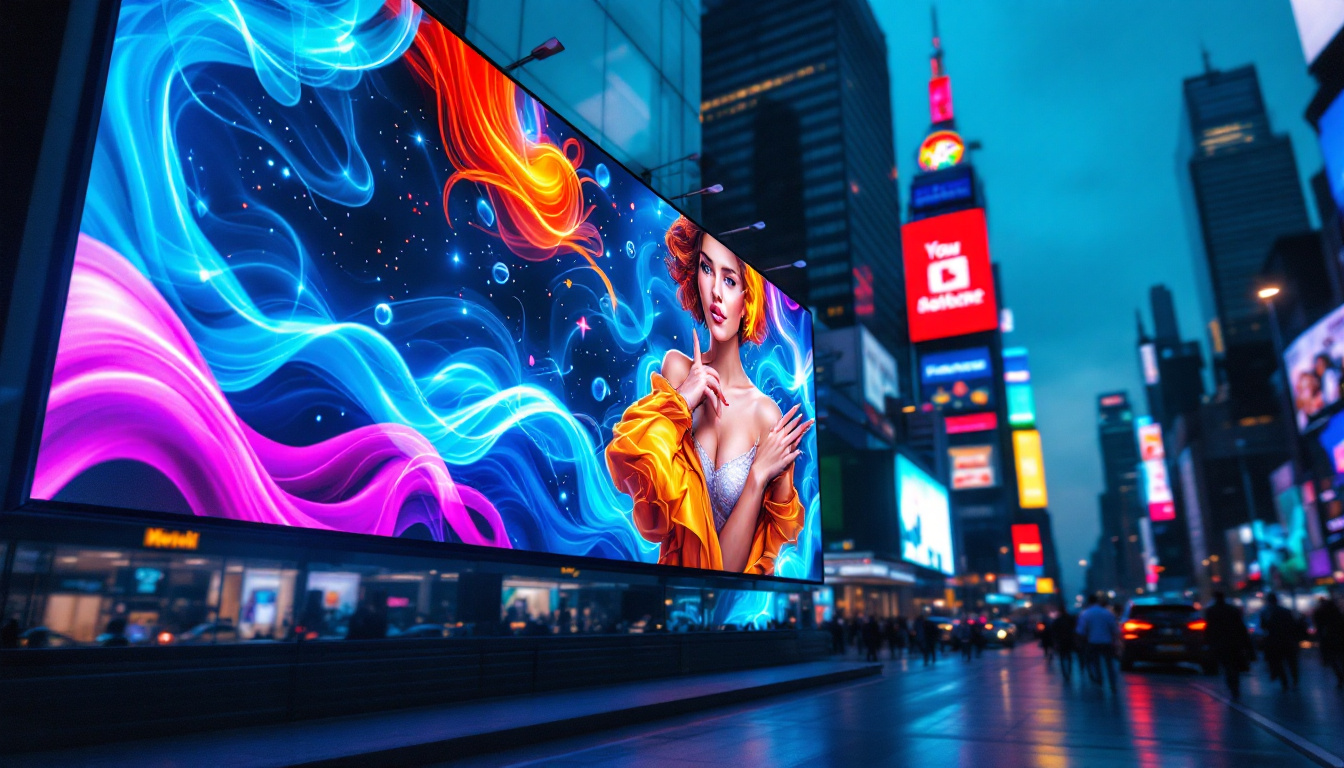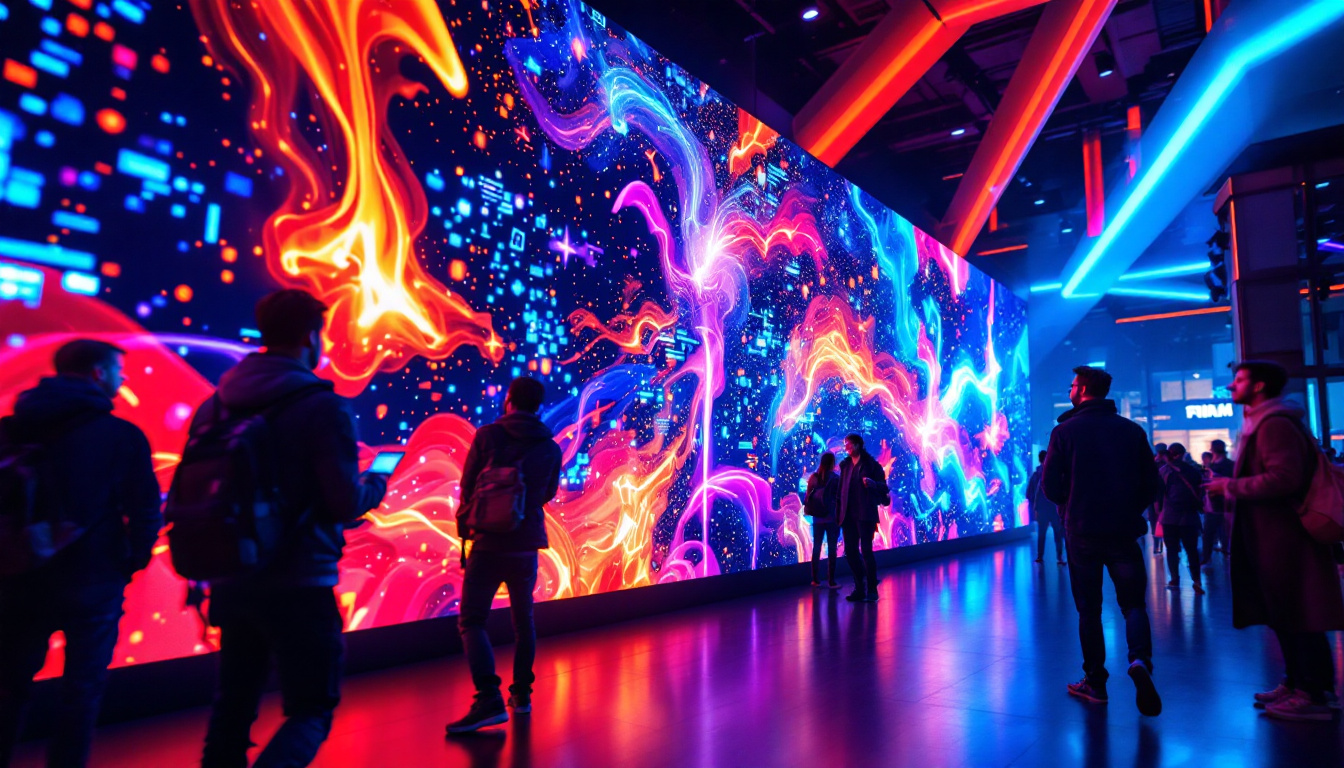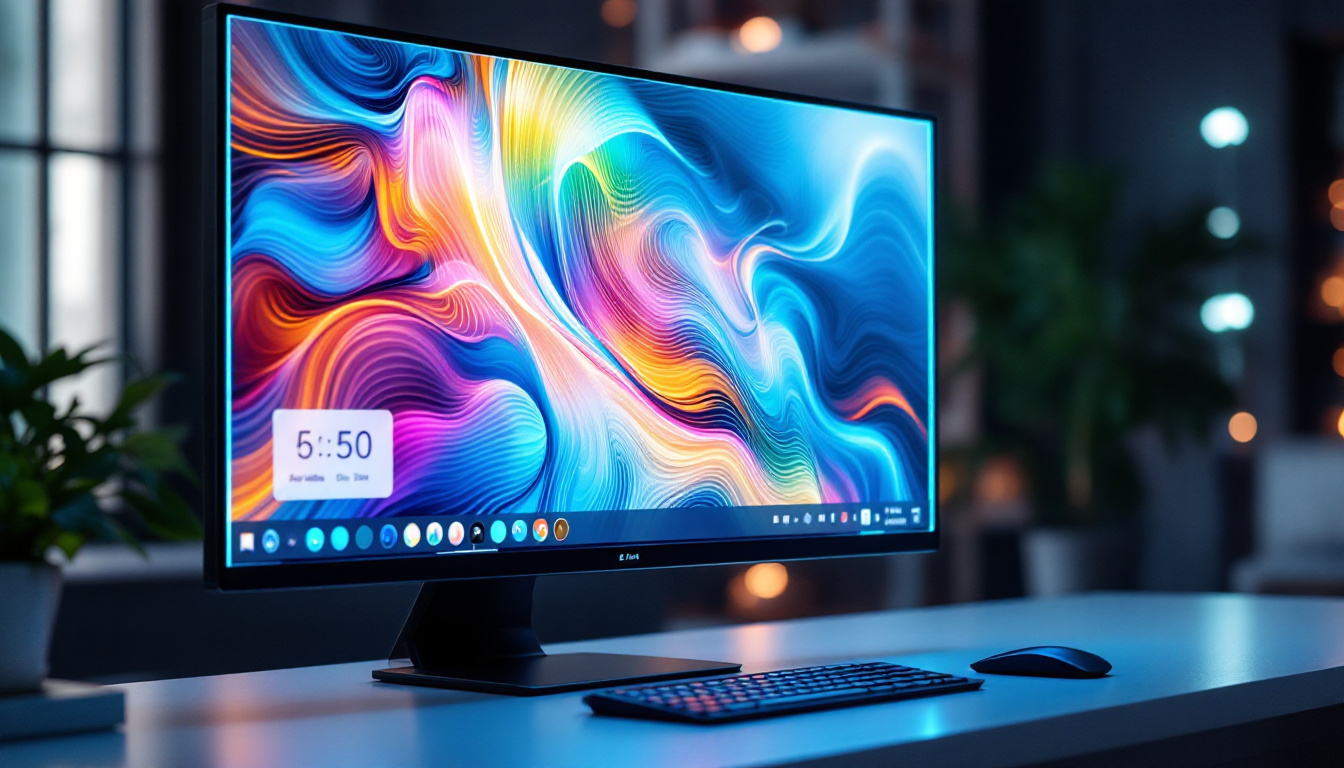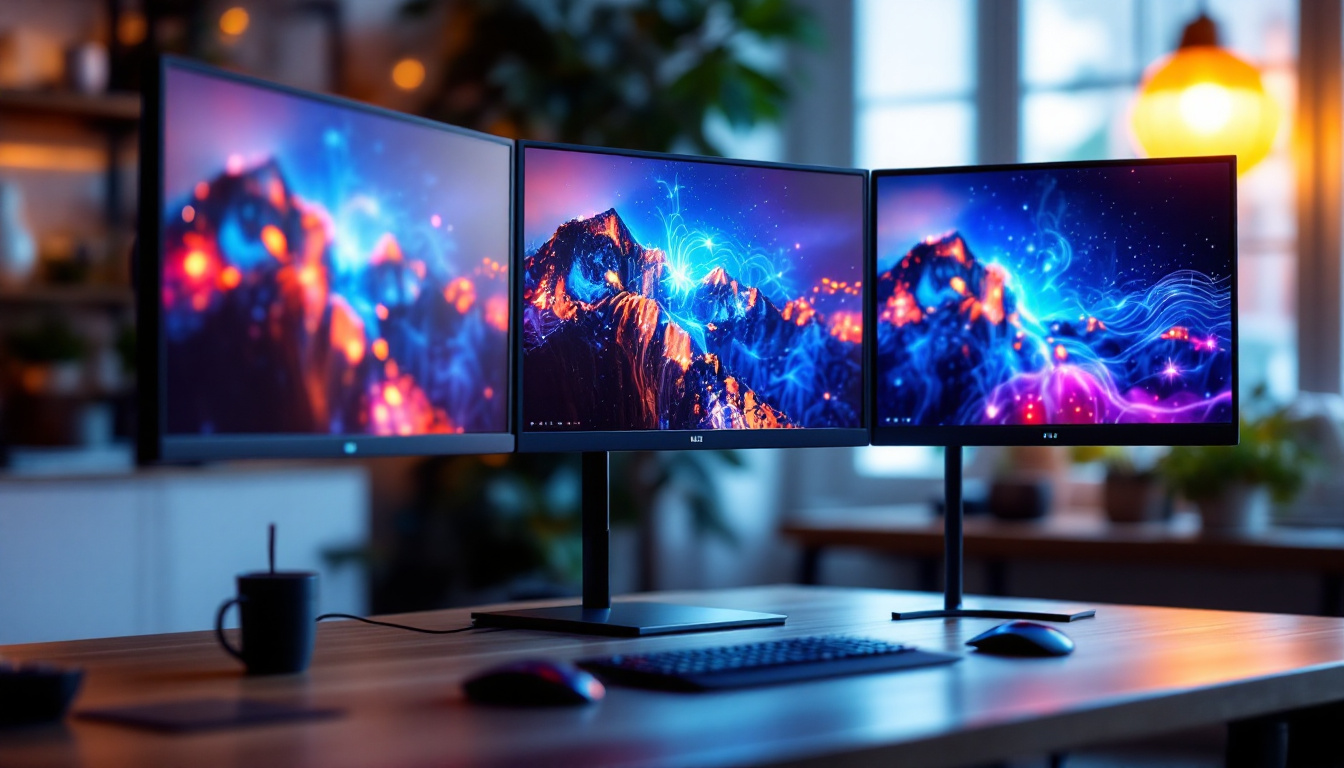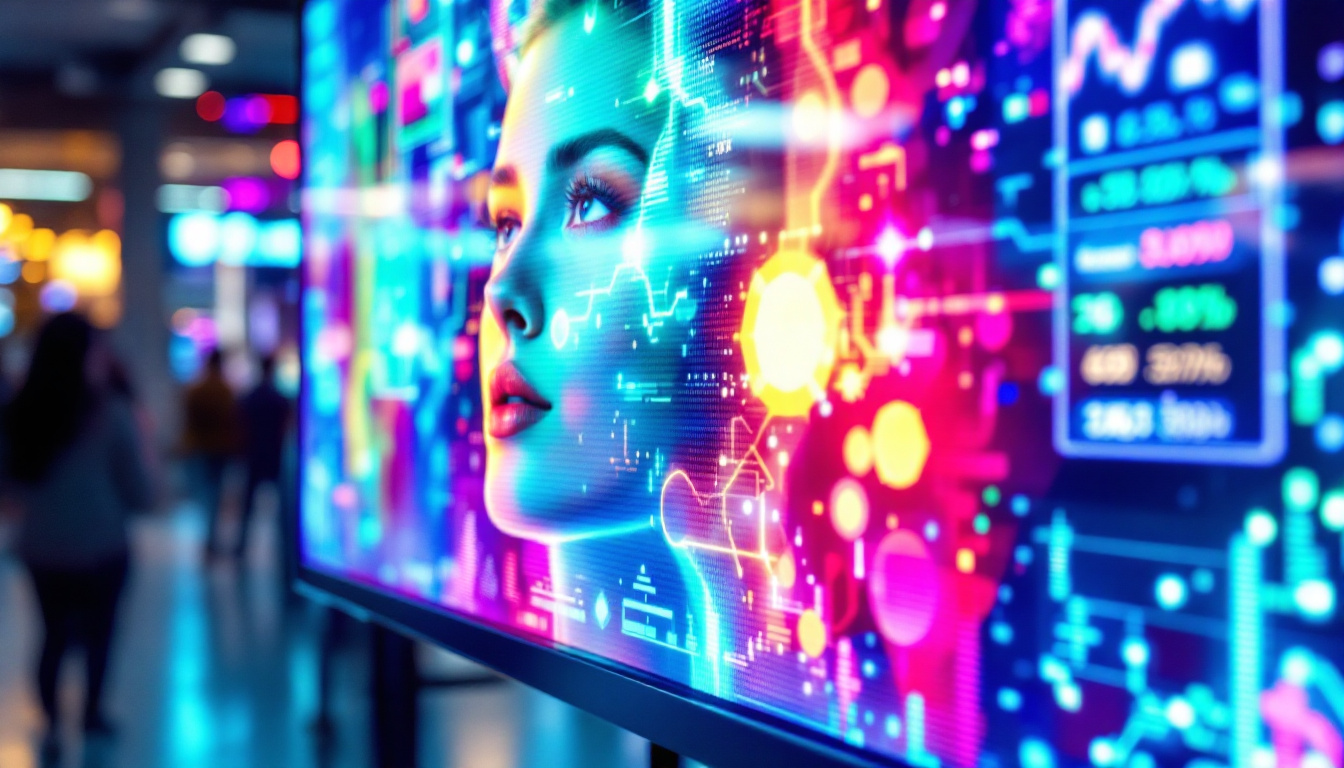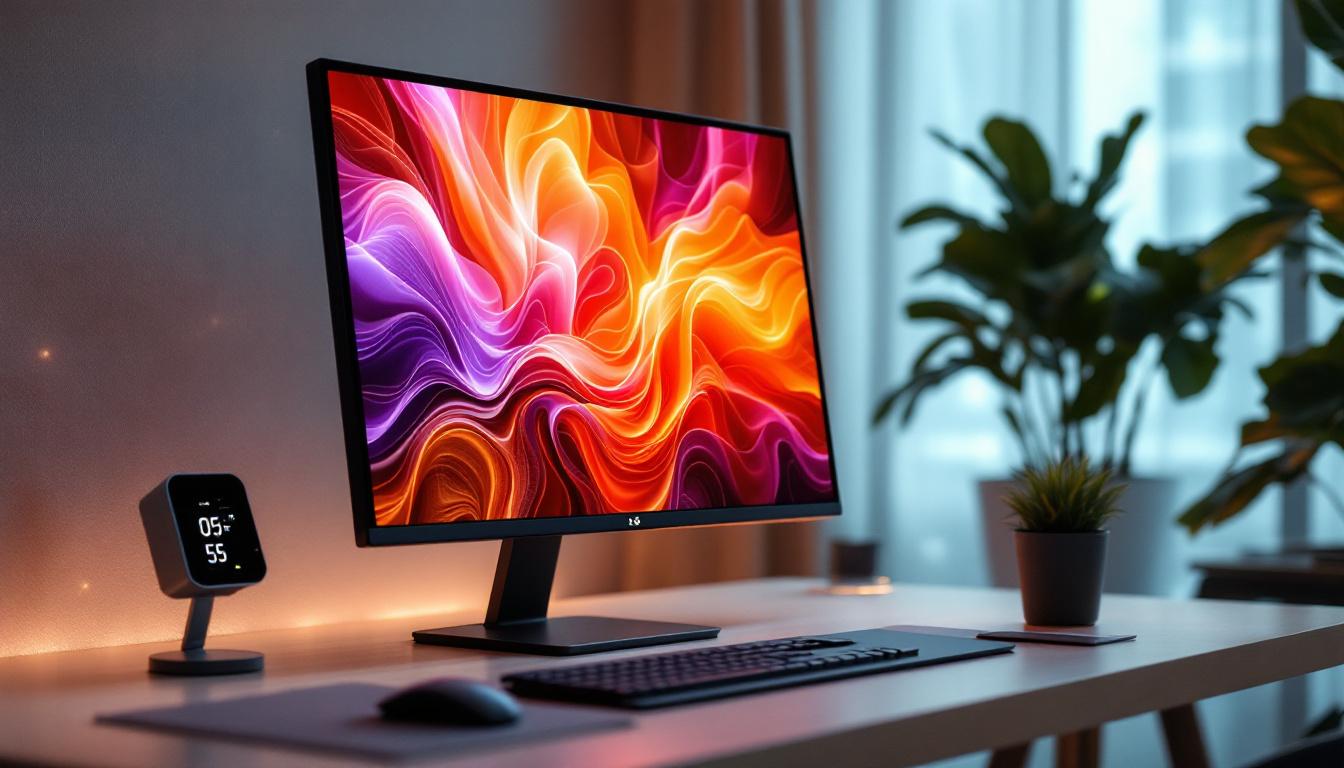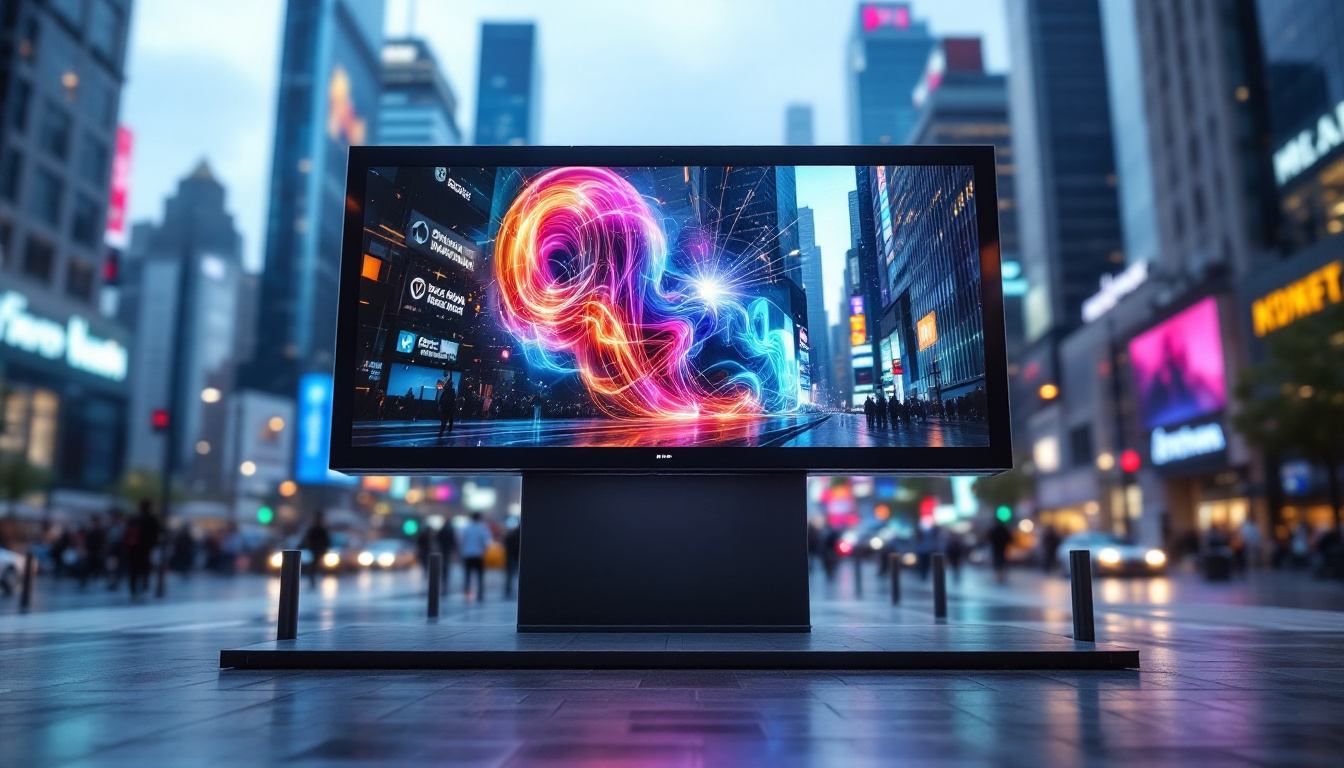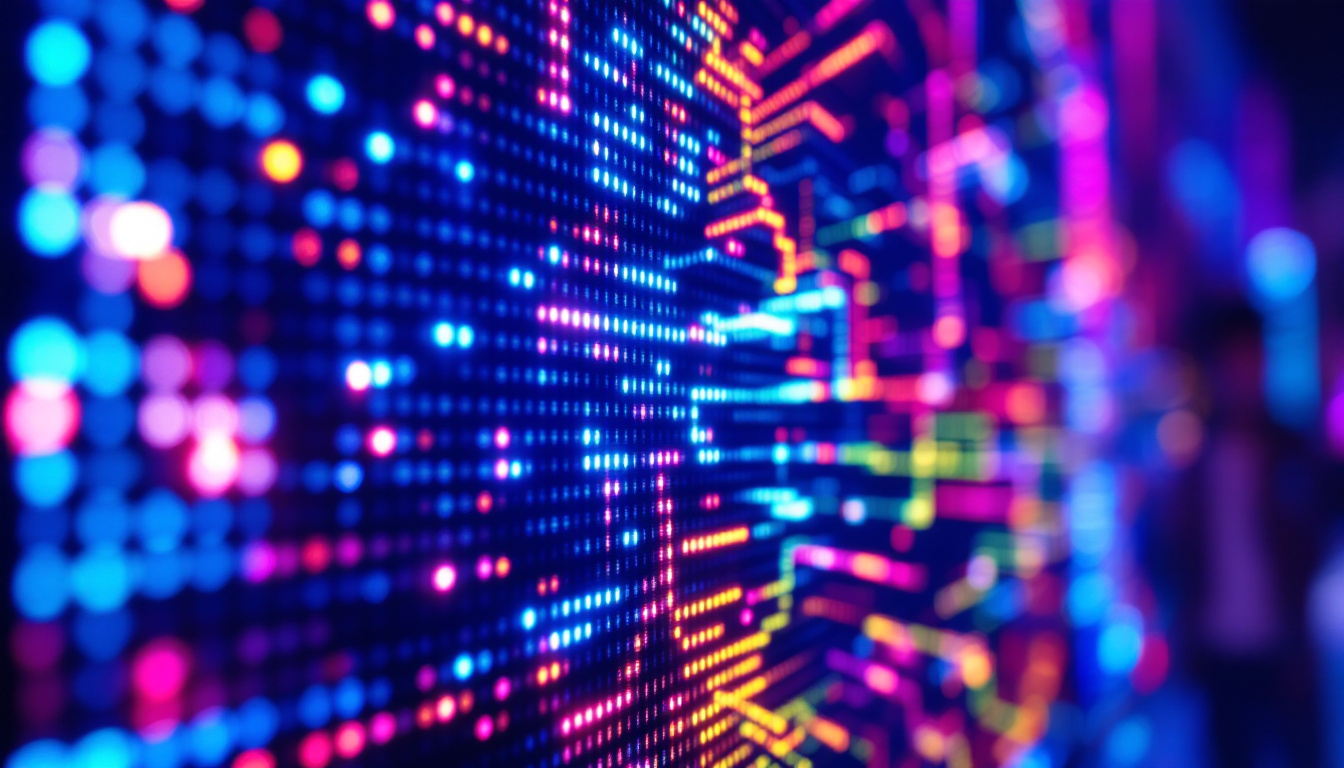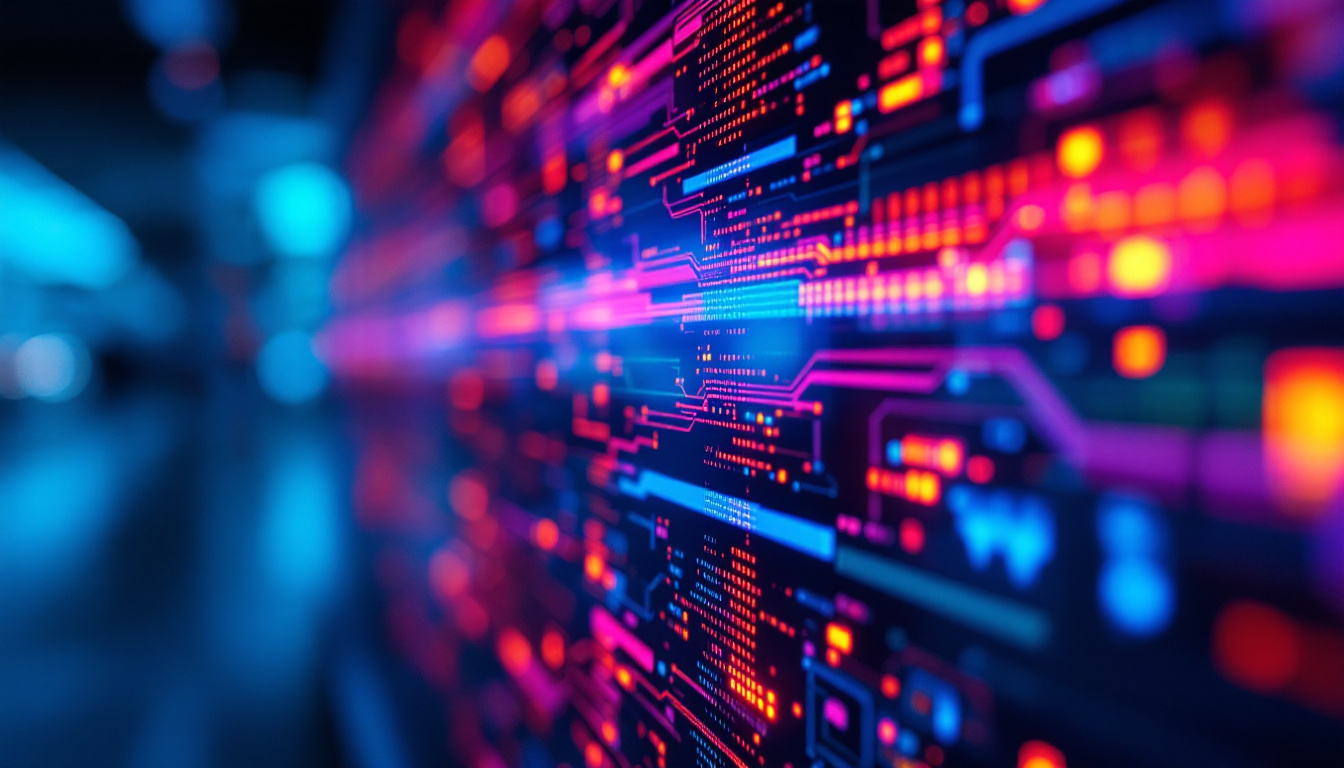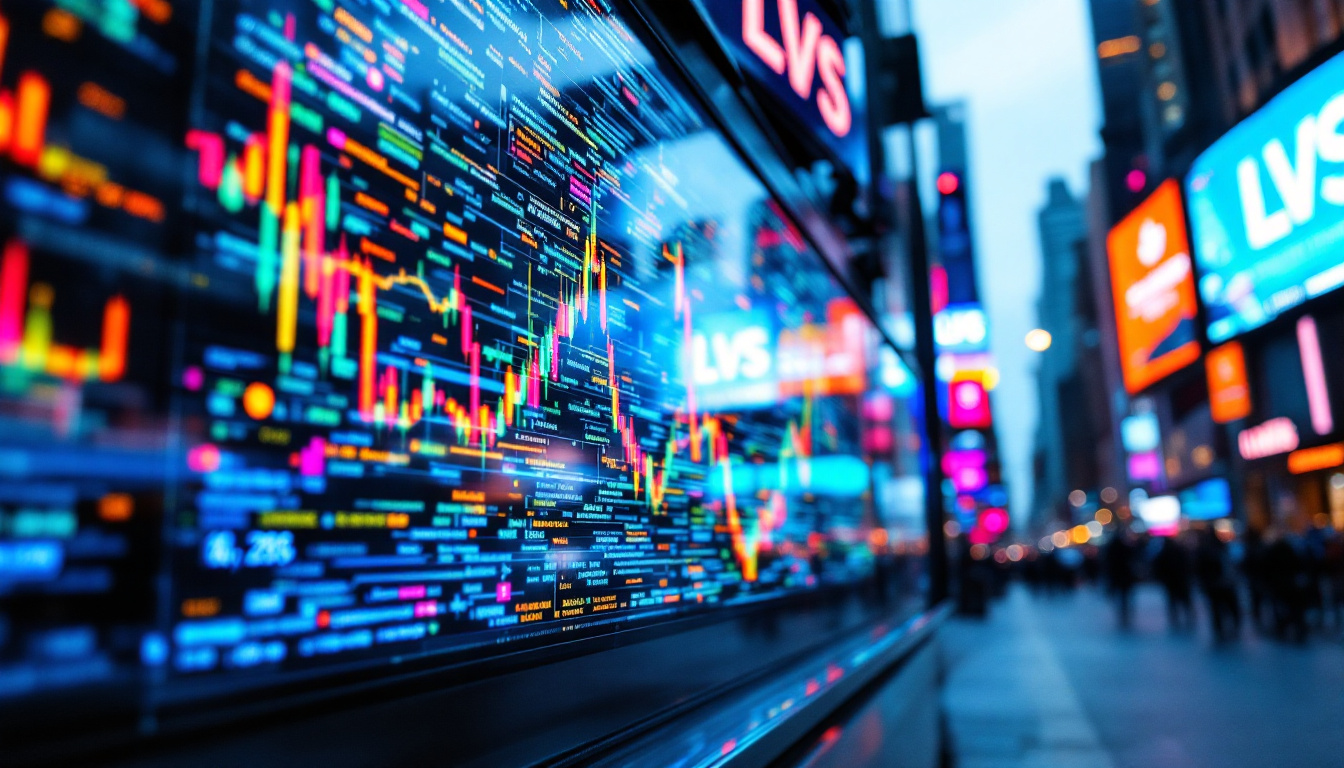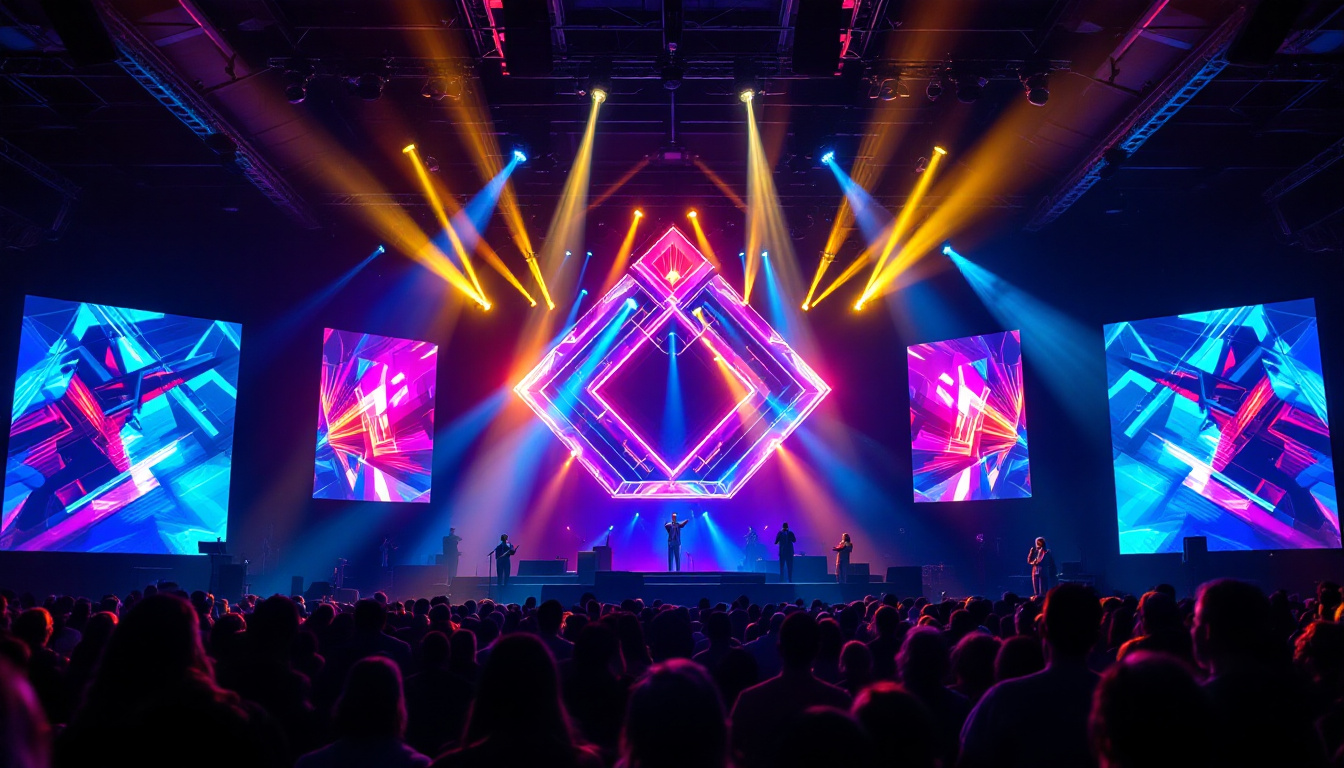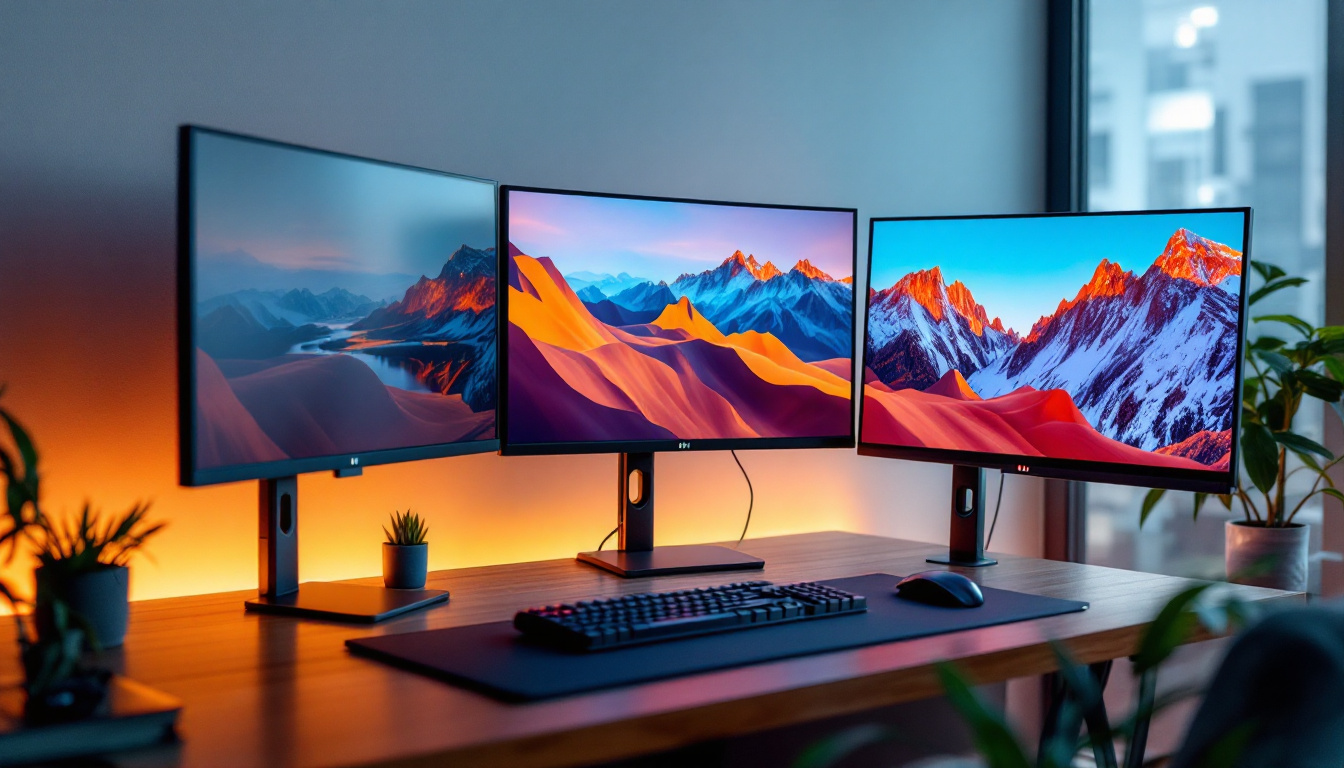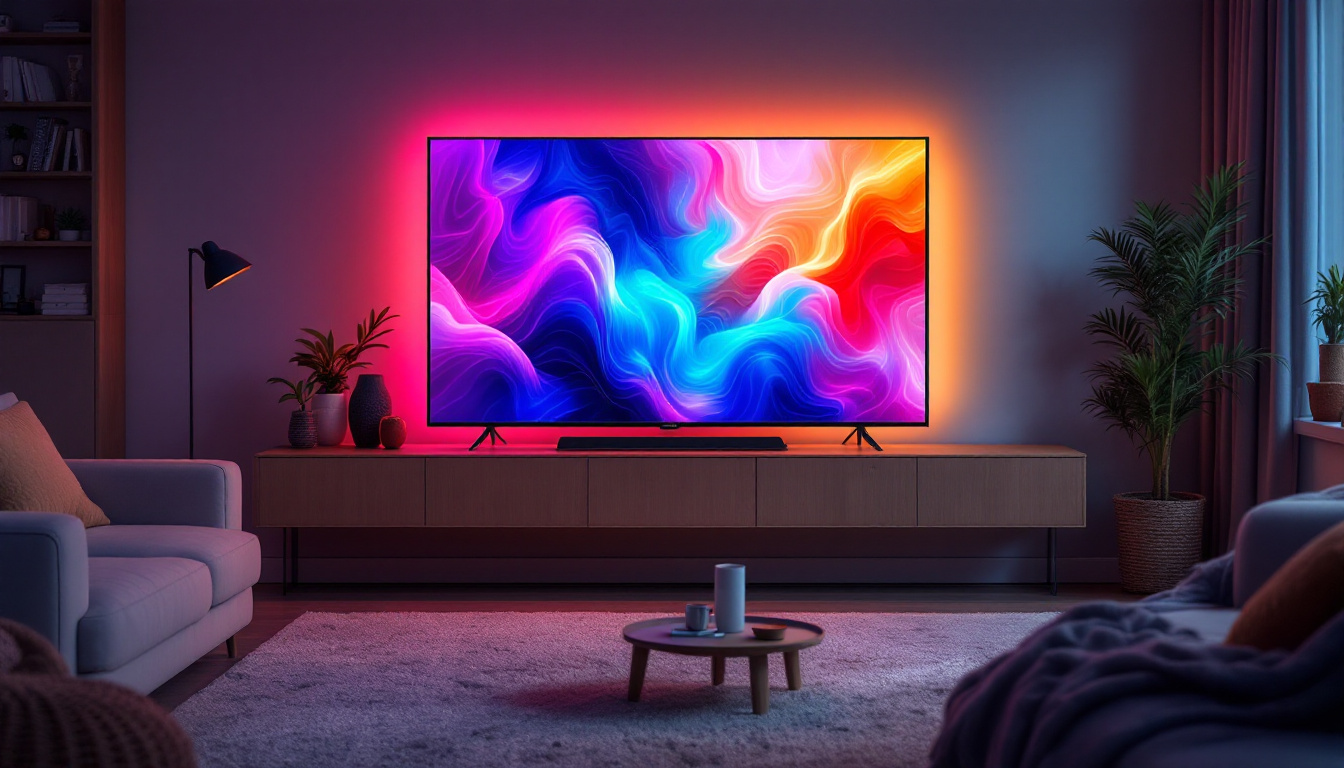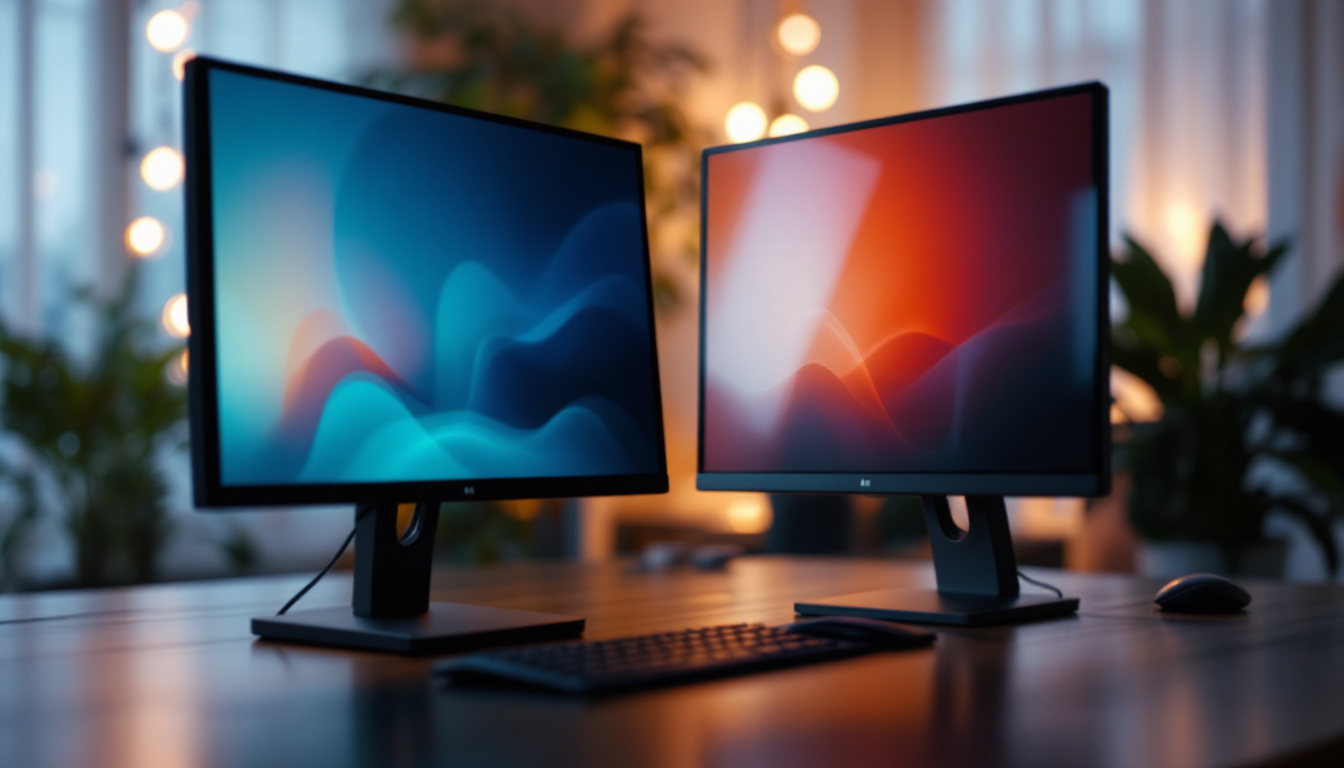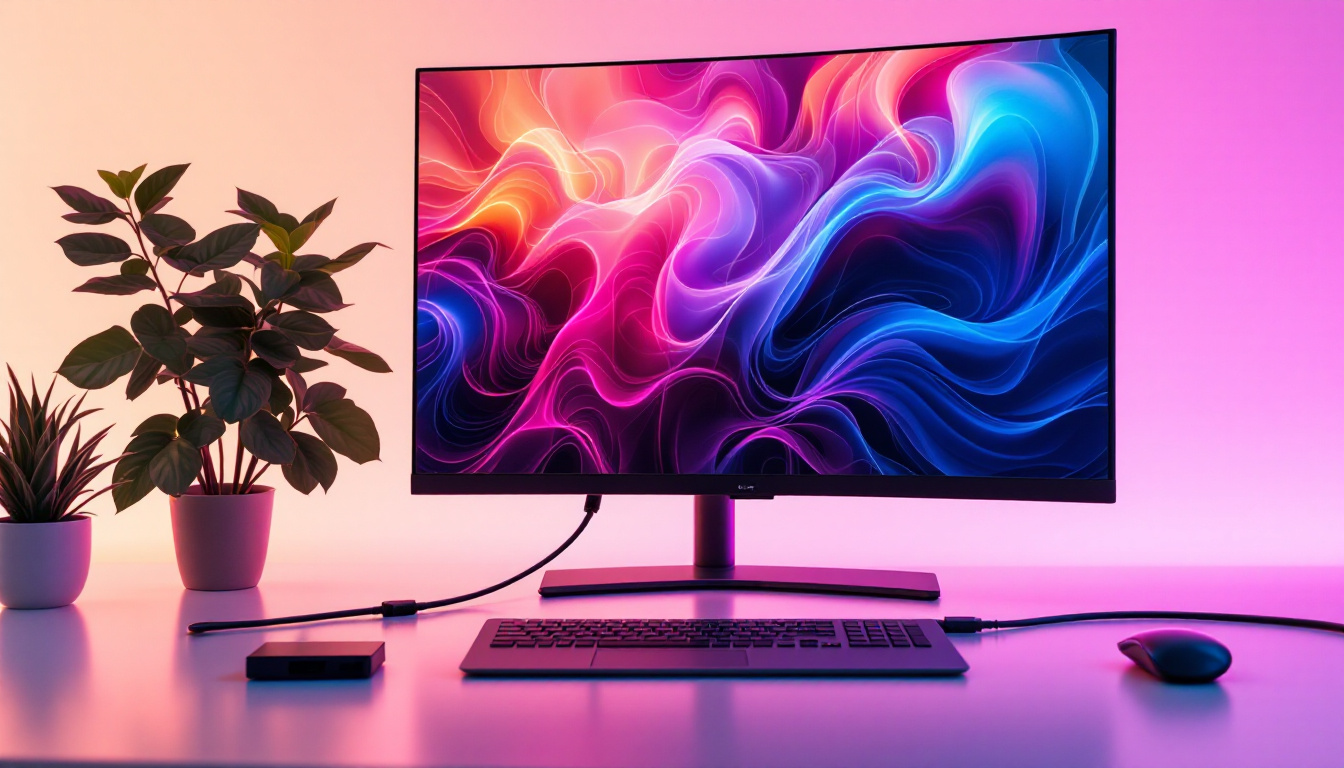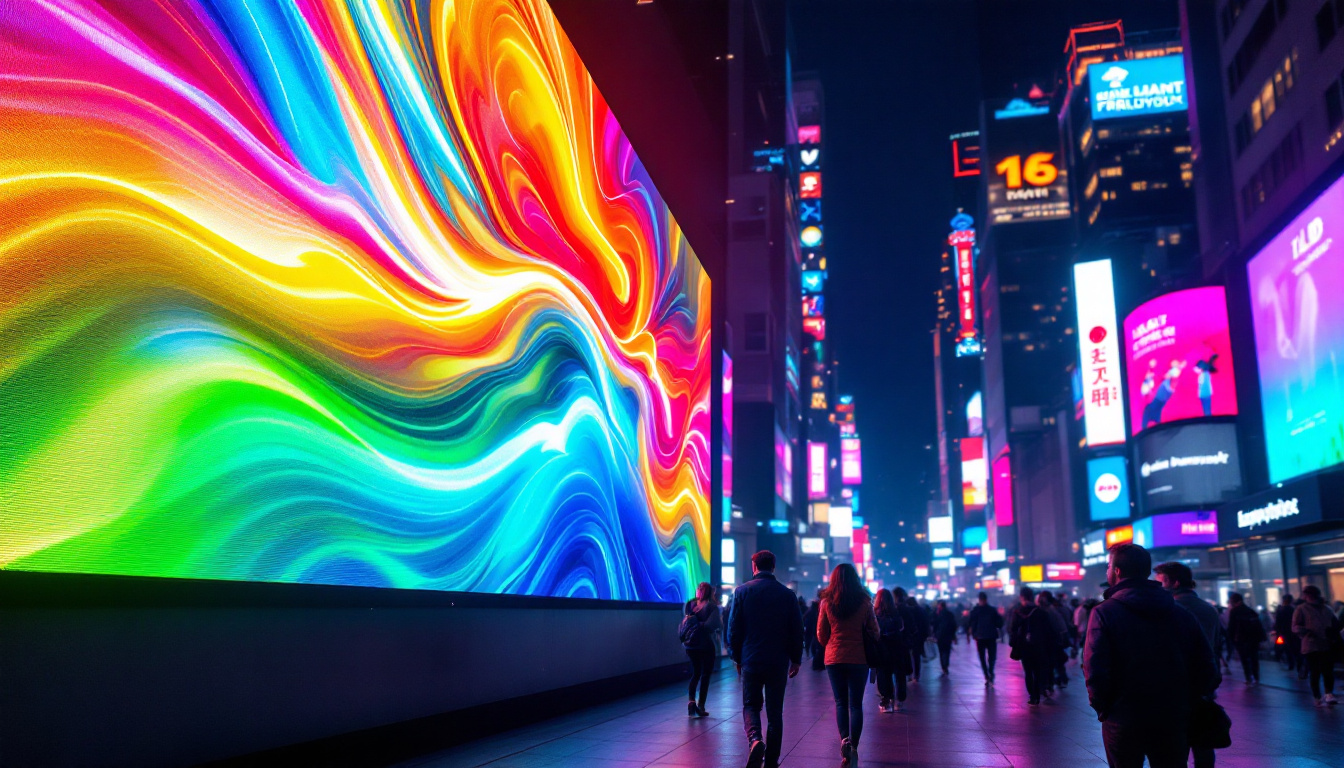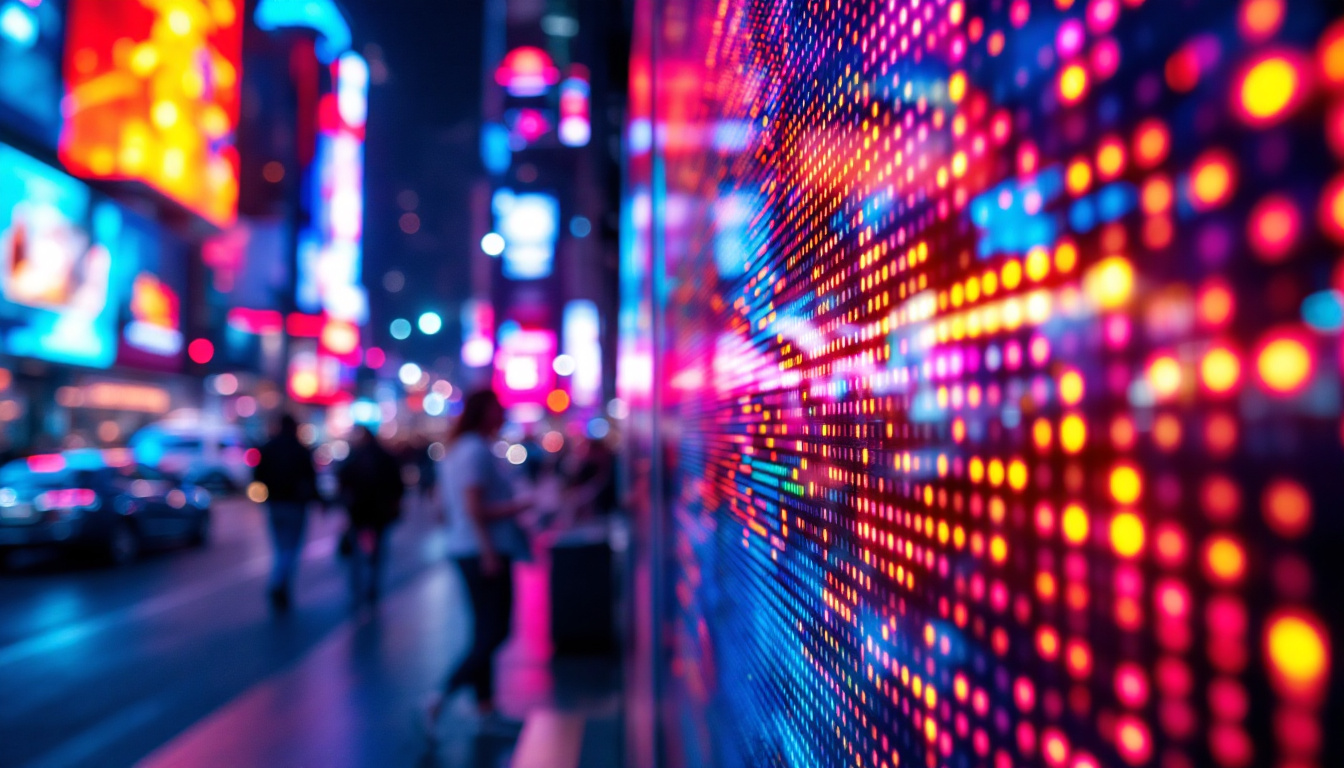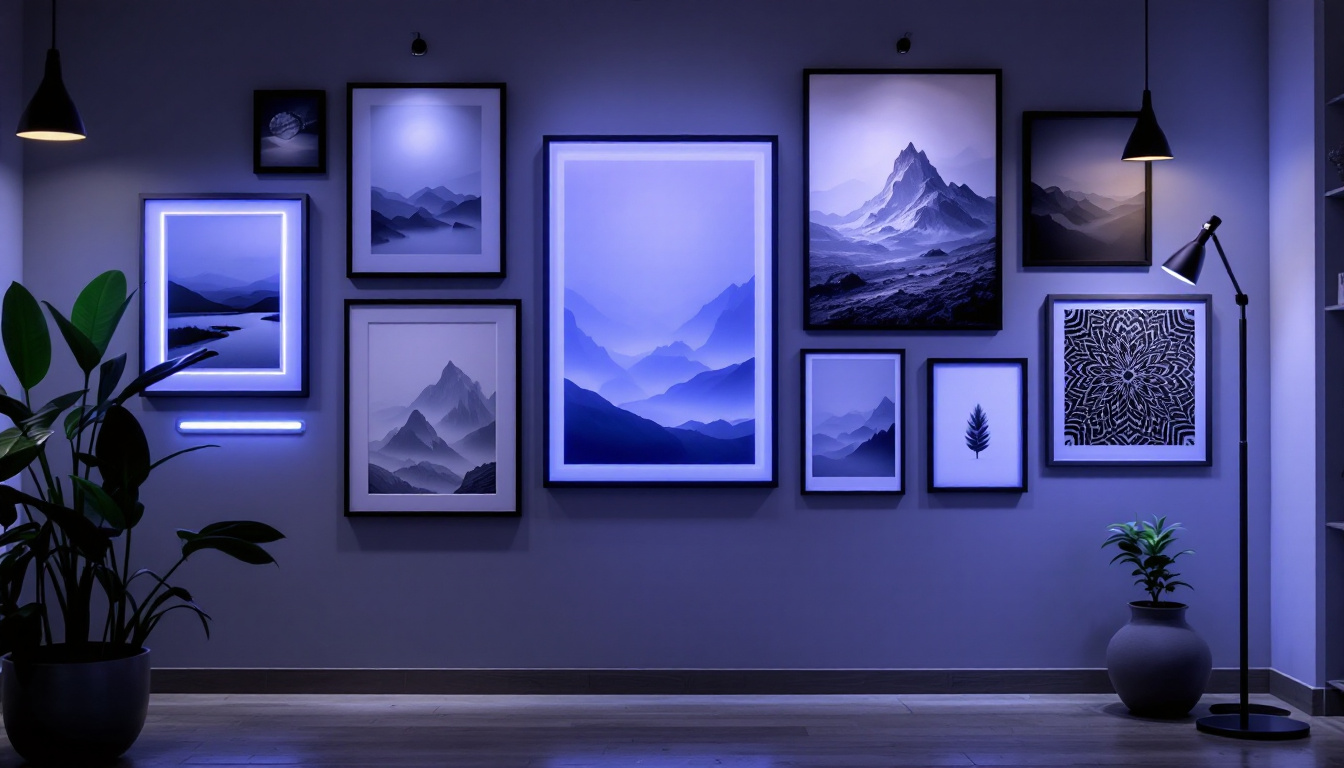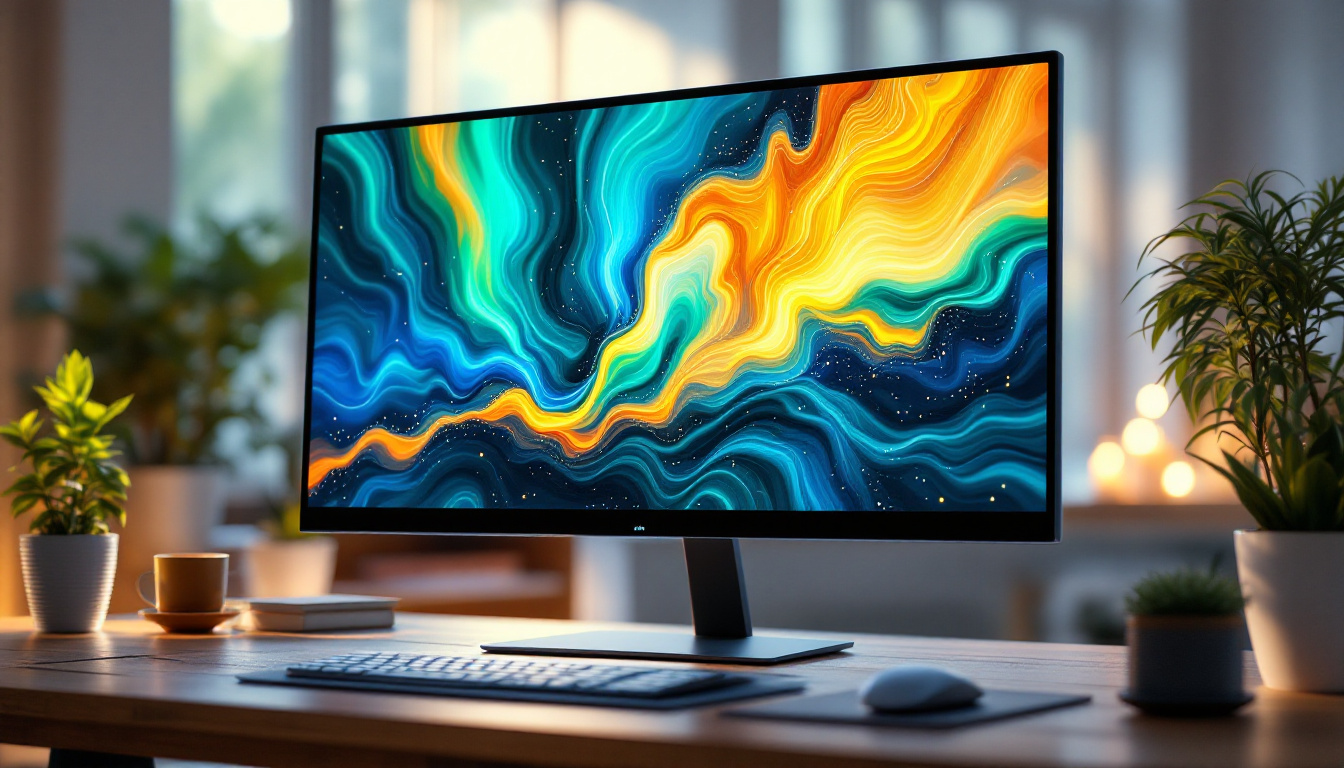In the modern world, LED displays have become ubiquitous, transforming how information is communicated and consumed. Among the various applications of LED technology, lift screens stand out, providing essential information in a compact and efficient format. This article delves into the intricacies of lift screens, exploring their design, functionality, and the technology that powers them.
Understanding LED Technology
LED, or Light Emitting Diode, technology has revolutionized the display industry. Unlike traditional display technologies, LEDs are energy-efficient, long-lasting, and capable of producing vibrant colors. This section will explore the fundamentals of LED technology and its advantages over other display types.
What is an LED?
An LED is a semiconductor device that emits light when an electric current passes through it. This process, known as electroluminescence, allows LEDs to produce bright light with minimal power consumption. The compact size of LEDs also enables the creation of thin and lightweight displays, making them ideal for various applications, including lift screens. Furthermore, the lifespan of an LED can exceed 25,000 hours, which means they can operate for years without needing replacement, making them a cost-effective solution in the long run.
Advantages of LED Displays
LED displays offer numerous advantages over traditional LCD or CRT displays. Firstly, they consume significantly less power, which is crucial for installations where energy efficiency is a priority. Secondly, LEDs provide superior brightness and contrast, making them easily readable in various lighting conditions. Additionally, their durability and resistance to shock make them suitable for high-traffic areas like elevators. Another noteworthy advantage is their ability to operate in extreme temperatures, which expands their usability in both indoor and outdoor environments. This versatility allows businesses to utilize LED displays for advertising, information dissemination, and even decorative purposes, enhancing their visibility and appeal.
Types of LED Displays
There are several types of LED displays, including full-color, monochrome, and bi-color options. Full-color displays are typically used for more complex information, such as advertisements or dynamic content, while monochrome displays are often employed for simpler applications, like lift status indicators. Understanding the different types of LED displays is essential for selecting the right one for specific applications. Moreover, advancements in technology have led to the development of flexible LED displays that can be bent or shaped to fit unconventional spaces, opening up new possibilities for creative installations. This innovation not only enhances aesthetic appeal but also allows for more customized solutions in various industries, from retail to entertainment.
The Role of Lift Screens
Lift screens serve a critical function in modern elevators, providing passengers with essential information during their journey. From floor indicators to advertisements, these displays enhance the user experience and improve communication within the lift environment.
Information Displayed on Lift Screens
Lift screens typically display a variety of information, including the current floor, direction of travel, and estimated time of arrival. In addition to these essential indicators, many modern lift screens also feature advertisements, news updates, or even entertainment content, making the ride more enjoyable for passengers. With the advent of digital technology, these screens can also showcase interactive maps of the building, helping visitors navigate complex environments such as shopping malls or corporate offices. This added functionality not only assists in wayfinding but also keeps users engaged during their brief wait times.
Enhancing User Experience
By providing real-time information, lift screens enhance the user experience significantly. Passengers are kept informed about their journey, which can reduce anxiety and improve overall satisfaction. Furthermore, the inclusion of entertainment or advertising content can make waiting times feel shorter, contributing to a more pleasant experience. Some elevators even feature personalized content, where regular users can see tailored messages or promotions based on their preferences, creating a sense of familiarity and connection with the space. This level of customization can transform the mundane act of using an elevator into a more engaging and enjoyable experience.
Integration with Smart Technology
As technology continues to evolve, lift screens are increasingly integrated with smart systems. This integration allows for features such as remote management, real-time updates, and the ability to respond to passenger needs dynamically. For instance, during peak hours, lift screens can display information about wait times or direct passengers to less crowded elevators. Additionally, these smart systems can analyze usage patterns to optimize elevator performance, ensuring that lifts are dispatched efficiently based on demand. This not only enhances the flow of traffic within a building but also contributes to energy savings, as elevators can be programmed to operate in a more sustainable manner, reducing their carbon footprint.
Design Considerations for Lift Screens
The design of lift screens is crucial for ensuring they are effective and user-friendly. Several factors must be considered, including size, placement, and content management.
Size and Placement
The size of a lift screen should be appropriate for the space available while ensuring visibility from various angles. Typically, screens are positioned at eye level, allowing passengers to easily read the information displayed. Additionally, the placement should consider the flow of traffic within the lift to avoid obstructing movement. It is also important to take into account the architectural design of the lift itself; for instance, in a high-rise building, screens may need to be larger to be seen from a distance, while in smaller lifts, compact designs can be more effective. Furthermore, integrating the screens seamlessly into the lift’s interior design can enhance the overall aesthetic appeal, making the experience more pleasant for users.
Content Management Systems
Effective content management is vital for maintaining the relevance and accuracy of information displayed on lift screens. Many modern systems employ cloud-based solutions that allow for easy updates and scheduling of content. This flexibility ensures that passengers receive timely information and that advertising content can be rotated to maximize engagement. Moreover, advanced analytics can be utilized to track user interaction with the content, providing valuable insights into what information resonates most with passengers. This data-driven approach can help operators refine their messaging strategies, ensuring that both informational and promotional content is not only timely but also tailored to the audience’s preferences.
Accessibility Features
Accessibility is a critical consideration in the design of lift screens. Features such as audio announcements for the visually impaired and clear, high-contrast text for those with limited vision can significantly enhance usability. Ensuring that lift screens cater to all passengers is essential for creating an inclusive environment. In addition to audio cues, incorporating tactile elements, such as Braille or raised symbols, can further assist those with visual impairments. Moreover, the use of adjustable screen heights and tilting mechanisms can accommodate passengers in wheelchairs or those who may have difficulty standing. By prioritizing accessibility, lift screen designs not only comply with regulations but also promote a sense of community and respect for all individuals using the space.
Installation and Maintenance of Lift Screens
Installing and maintaining lift screens involves several steps to ensure they function optimally and remain visually appealing. Proper installation and regular maintenance can extend the lifespan of the display and enhance its reliability.
Installation Process
The installation of lift screens typically requires collaboration between elevator manufacturers and display technology providers. This process includes assessing the lift’s specifications, determining the optimal screen size, and ensuring that the electrical and data connections are properly configured. Professional installation is crucial to avoid issues that could arise from improper setup.
Regular Maintenance
Regular maintenance is essential for keeping lift screens in good working condition. This includes routine checks for functionality, cleaning the display surface to prevent dust and smudges, and updating software to ensure compatibility with the latest technology. A proactive maintenance schedule can prevent costly repairs and downtime.
Common Issues and Troubleshooting
Like any technology, lift screens can encounter issues that may affect their performance. Common problems include display malfunctions, connectivity issues, and software glitches. Having a troubleshooting guide and a dedicated support team can help quickly resolve these issues and minimize disruption for passengers.
Future Trends in Lift Screen Technology
The future of lift screens is promising, with advancements in technology paving the way for more innovative features and designs. As the demand for smart buildings and enhanced passenger experiences grows, lift screens will continue to evolve.
Interactive Displays
One of the most exciting trends in lift screen technology is the development of interactive displays. These screens allow passengers to interact with the content, such as selecting their desired floor or accessing additional information about the building. This interactivity can significantly enhance the user experience and provide valuable insights for building management.
Integration with IoT
As the Internet of Things (IoT) continues to gain traction, lift screens are expected to become more integrated with other smart building systems. This integration can enable features such as predictive maintenance, where the system alerts maintenance teams about potential issues before they become critical. Additionally, lift screens could provide real-time updates based on building occupancy and traffic patterns.
Sustainability and Energy Efficiency
With an increasing focus on sustainability, future lift screens will likely incorporate energy-efficient technologies and materials. This could include solar-powered displays or screens made from recyclable materials. As buildings strive to reduce their carbon footprint, energy-efficient lift screens will play a crucial role in achieving these goals.
Conclusion
Lift screens represent a vital component of modern elevator systems, enhancing the passenger experience through effective communication and information dissemination. As technology continues to evolve, these displays will become even more sophisticated, offering interactive features and seamless integration with smart building systems. Understanding the fundamentals of LED displays and their applications in lift systems is essential for anyone involved in building management, elevator design, or display technology.
With their numerous advantages, including energy efficiency, durability, and vibrant visuals, LED lift screens are set to play an increasingly important role in the future of transportation within buildings. As advancements in technology continue to emerge, the potential for lift screens to enhance user experience and operational efficiency will only grow.
Discover LumenMatrix LED Display Solutions
Ready to elevate your building’s transportation system with the latest in LED display technology? LumenMatrix is at the forefront of creating immersive visual experiences that not only inform but also captivate. From dynamic Indoor LED Walls to robust Outdoor LED Displays, and from sleek Vehicle LED Displays to innovative Custom LED Solutions, we have the technology to transform your space. Embrace the future of visual communication with LumenMatrix and let us help you make a lasting impression. Check out LumenMatrix LED Display Solutions today and see how we can enhance your user experience and operational efficiency.

